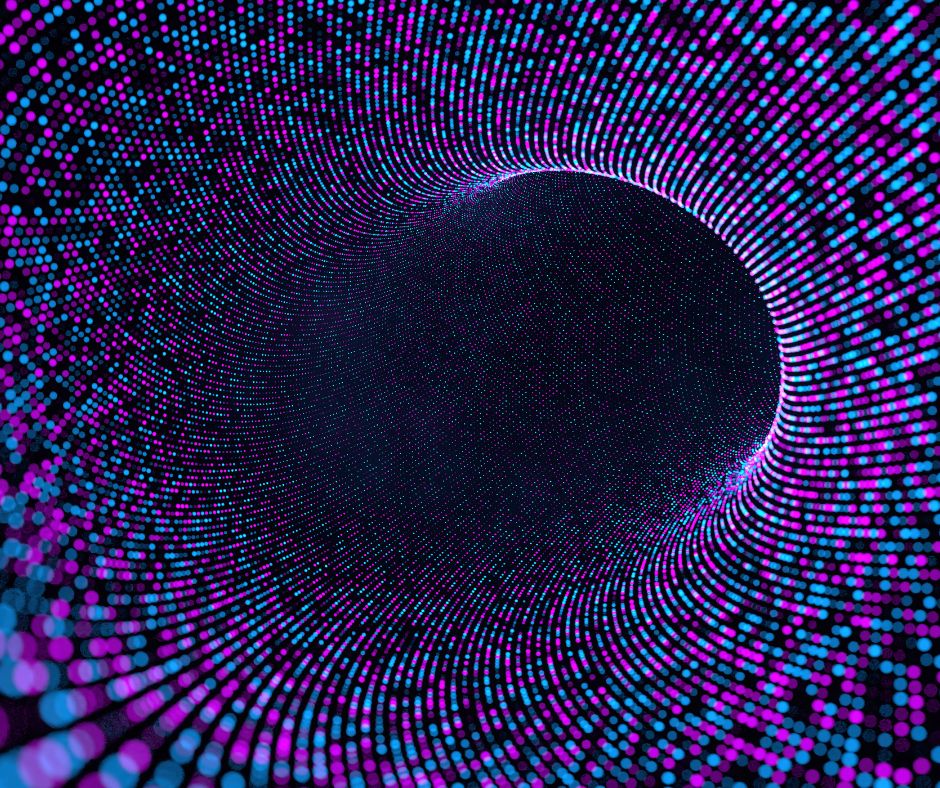There are no items in your cart
Add More
Add More
| Item Details | Price | ||
|---|---|---|---|

"Bridging the gap between theory and reality in quantum computing with a room-temperature breakthrough."
Wed Jan 17, 2024
"Unlocking the quantum realm: Room-temperature coherence ignites a new era of technology."
Introduction:
The Breakthrough in Quantum Coherence
In an astonishing advancement that could revolutionize the world of quantum computing, physicists in Japan have made a groundbreaking discovery. They've successfully maintained the state of electron spins in a quantum superposition at near room temperature for a notable duration. This feat, previously believed to be achievable only at extremely low temperatures, marks a significant milestone in the quest for practical quantum technologies.
Overcoming the Heat Barrier
Traditionally, quantum uncertainty has faced a formidable foe in heat. Maintaining quantum coherence – the critical state where quantum bits (qubits) exist in multiple potential states simultaneously – typically requires bulky and expensive cooling equipment. This necessity has long been a barrier to the development of more accessible quantum technologies.
Innovative Use of Metal-Organic Frameworks
The breakthrough from the Japanese physicists, however, changes the game. By organizing light-absorbing molecules in a meticulously ordered fashion within a metal-organic framework (MOF), they've managed to keep electron spins in a yet-to-be-determined state for an impressive 100 nanoseconds near room temperature. This duration, while seemingly brief, is a considerable leap in the field and opens up numerous possibilities.
Implications for Quantum Computing and Sensing
This research not only overcomes the challenge of heat but also paves the way for the development of quantum computing and sensing technologies that are more practical and accessible. The implications of this are vast, as quantum computers can potentially solve complex problems far more efficiently than classical computers. This includes applications in fields like cryptography, where quantum computers could revolutionize data security.
A New Era in Quantum Technology
The team, led by physicist Nobuhiro Yanai from Kyushu University, utilized microwave pulses to observe the quantum coherence of the entangled multiexcitons in their experiment. This experiment demonstrates the potential of room-temperature quantum computing based on multiple quantum gate control and quantum sensing of various target compounds.
The implications of this breakthrough are profound. Quantum computing, long hindered by the need for extreme cooling, can now look towards a future where it might operate in more practical, everyday environments. This advancement could democratize access to quantum computing, leading to significant progress in fields ranging from medicine to cryptography.
Conclusion: A Step Towards Accessible Quantum Technologies As the quest for practical quantum computing continues, this breakthrough serves as a beacon of possibility, signaling a shift from the frigid confines of extreme cooling to the more accessible realms of room temperature operation. It's a step that could significantly accelerate the development and application of quantum technologies in everyday life.
For more detailed information about this groundbreaking research, you can read the full articles on ScienceAlert, ScienceDaily, and Phys.org.

SAMEER KUMAR
I graduated from IIT Kharagpur and have been teaching Physics and Maths to Engineering (IIT-JEE) and Medical (NEET) entrance examination aspirants for the last six year.